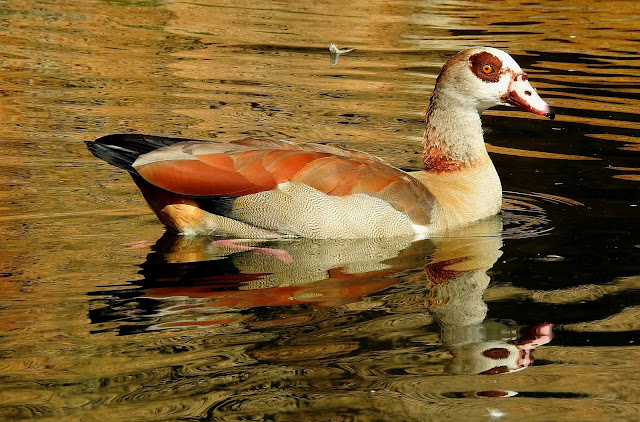This Blog contains Wildlife and Bird Photos from Walks, Safaris, Birding Trips and Vacations. Most of the pictures have been taken with my Nikon P900 and P950X cameras. On the right of the page are labels for each species of Bird/Animal etc. Click on a label and it will show all of the photos taken for that species. I am adding as much information for each species as I can from sources Wikipedia. To see any pictures at full size just click on the picture.
TOTAL PAGEVIEWS
TRANSLATE
Tuesday 27 October 2015
27-10-2015 MONTE CORONA - BLACK REDSTART (MALE) (Phoenicurus ochruros)
Monday 19 October 2015
18-10-2015 ONGAR, ESSEX - EASTERN GREY SQUIRREL (Sciurus carolinensis)
19-10-2015 LAKELAND, THURROCK - MALLARD (FEMALE) (Anas platyrhynchos)
19-10-2015 LAKELAND, THURROCK - EURASIAN GREAT CORMORANT (Phalacrocorax carbo)
Sunday 18 October 2015
18-10-2015 MALDON, ESSEX - MALLARD (FEMALE) (Anas platyrhynchos)
3-11-2015 GANDIA LA VITAL - HOUSE SPARROW (FEMALE) (Passer domesticus)
18-10-2015 MALDON, ESSEX - MUTE SWAN (JUVENILE) (Cygnus olor)
Saturday 17 October 2015
14-10-2015 VALENCIA BIOPARC - EGYPTIAN GOOSE (Alopochen aegyptiaca)
Friday 16 October 2015
14-10-2015 VALENCIA BIOPARC - AFRICAN BLACK DUCK (Anas sparsa)
Thursday 15 October 2015
14-10-2015 VALENCIA BIOPARC - YELLOW BILLED STORK (Mycteria ibis)
14-10-2015 VALENCIA BIOPARC - GREY HERON (Ardea cinerea)
19-10-2015 LAKELAND, THURROCK - MALLARD (MALE) (Anas platyrhynchos)
The mallard (Anas platyrhynchos) is a dabbling duck that breeds throughout the temperate and subtropical Americas, Eurasia, and North Africa. Mallards live in wetlands, eat water plants and small animals, and prefer to congregate in flocks of varying sizes. Unlike many waterfowl, mallards are considered an invasive species in some regions. It is a very adaptable species, being able to live and even thrive in urban areas. This species is the main ancestor of most breeds of domestic duck, and its naturally evolved wild gene pool has been genetically polluted by the domestic and feral mallard populations.
The magnificent mallard is one of the most recognizable bird species around the world. When flying, the bird displays a purplish-blue speculum, which is outlined in white. Males of this species are particularly colorful. Breeding males have a yellow beak, dark brown chest, black and white tail as well as bright green head and neck. They exhibit a white ring at the base of their neck. In addition, the sides of breeding males and most of their wings are gray. On the other hand, the plumage of female mallards and non-breeding males is less vivid and colorful. The overall plumage of female mallards is spotted with tan and brown patches, and the head is a lighter tan, showing dark bands near the crown and eyes. Females have orange-colored beaks, covered with dark spots. Females and non-breeding males generally look alike, though the latter have yellowish beaks.



%2010.jpg)
%2011.jpg)
%2012.jpg)

%20(Anas%20platyrhynchos)%2010.jpg)
%2010.jpg)
%2011.jpg)
%2012.jpg)
%2014.jpg)
%20(Anas%20platyrhynchos)%2010.jpg)
%20(Passer%20domesticus)%2011.jpg)
%20(Passer%20domesticus)%2010.jpg)
%20(Cygnus%20olor)%2010.jpg)
%20(Cygnus%20olor)%2011.jpg)
%20(Cygnus%20olor)%2012.jpg)
%20(Cygnus%20olor)%2014.jpg)








%2010.jpg)
%2011.jpg)
%2012.jpg)
%2014.jpg)





%20(Anas%20platyrhynchos)%2010.jpg)
%20(Anas%20platyrhynchos)%2011.jpg)








%2010.jpg)
%209.jpg)
%2010.jpg)

